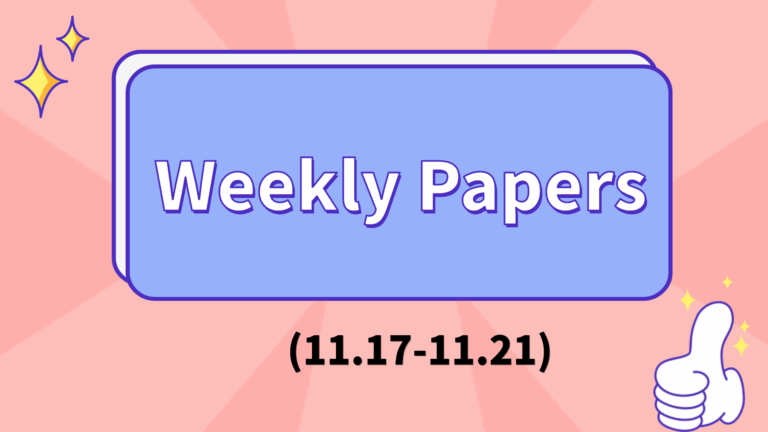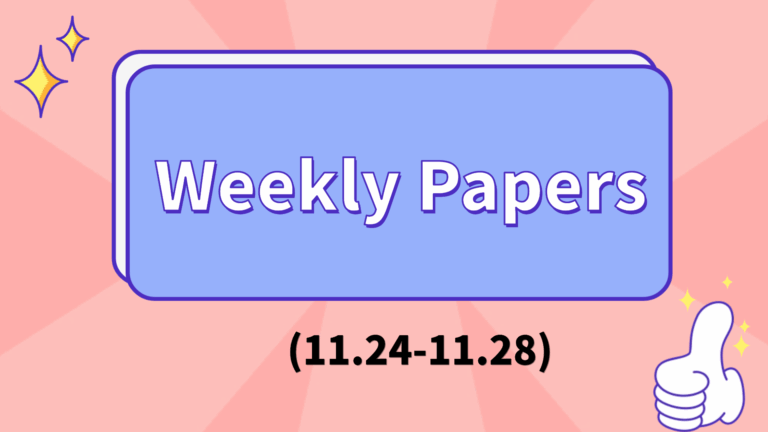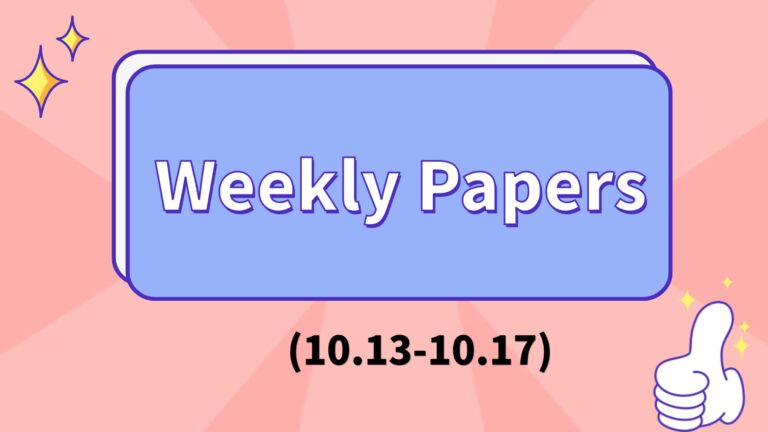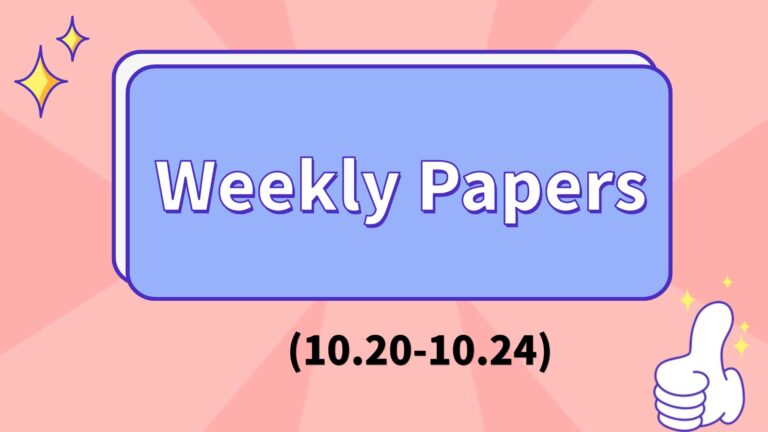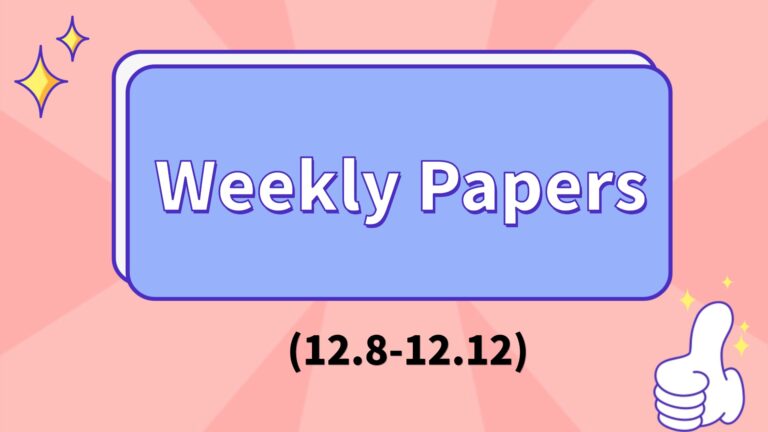AI Paper Weekly Report | Analysis of SingLoRA Parameter Compression, MedGemma Medical Applications and Other Achievements, 5 Popular Studies Unlock New Breakthroughs in Large Model Optimization and Multimodality

Low-rank adaptation (LoRA) technology has greatly promoted the efficient fine-tuning of parameters of large pre-trained models. LoRA enhances the pre-trained weights of the model by adding the product of two smaller matrices, which together form a low-rank matrix update. However, recent studies have found that the scale difference between these two matrices often leads to unstable training dynamics, which ultimately affects model performance.
In response to this, the Israel Institute of Technology and the University of Paris Dauphine jointly proposed SINGLORA. This method is implemented by reformulating low-rank adaptation as a learning weight update, that is, decomposing the product of a single low-rank matrix and its transpose. This simple design essentially eliminates the scale conflict between matrices, ensures the stability of the optimization process, and roughly reduces the number of parameters by half.
Paper link:https://go.hyper.ai/o55xh
Latest AI Papers:https://go.hyper.ai/hzChC
In order to let more users know the latest developments in the field of artificial intelligence in academia, HyperAI's official website (hyper.ai) has now launched a "Latest Papers" section, which updates cutting-edge AI research papers every day.Here are 5 popular AI papers we recommend, let’s take a quick look at this week’s cutting-edge AI achievements⬇️
This week's paper recommendation
1 SingLoRA: Low Rank Adaptation Using a Single Matrix
SingLoRA redefines low-rank adaptation by expressing weight updates as a decomposition of a single low-rank matrix and its transpose. This simple design inherently eliminates scale conflicts between matrices, ensures the stability of the optimization process, and reduces the number of parameters by approximately half. The research team analyzed SingLoRA within the framework of an infinite-width neural network, and experimental results showed that its design itself can ensure the stability of feature learning.
Paper link:https://go.hyper.ai/o55xh
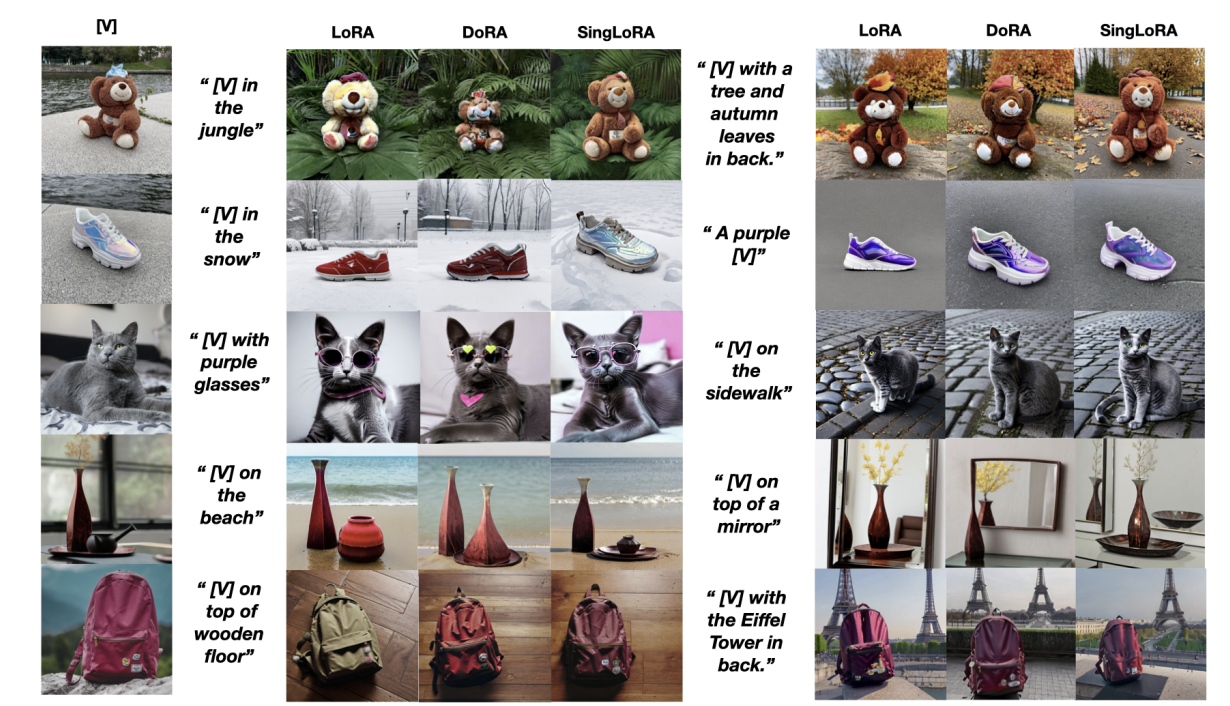
2 MedGemma Technical Report
This paper introduces MedGemma, a set of medical vision-language base models based on Gemma 34B and 27B. MedGemma demonstrates advanced capabilities in medical understanding and reasoning on images and text, significantly outperforming generative models of the same size and approaching the performance of task-specific models, while maintaining the general capabilities of the Gemma 3 base models. The MedGemma family provides a solid foundation of medical image and text capabilities, which is expected to significantly accelerate medical research and the development of downstream applications.
Paper link:https://go.hyper.ai/7m0SB
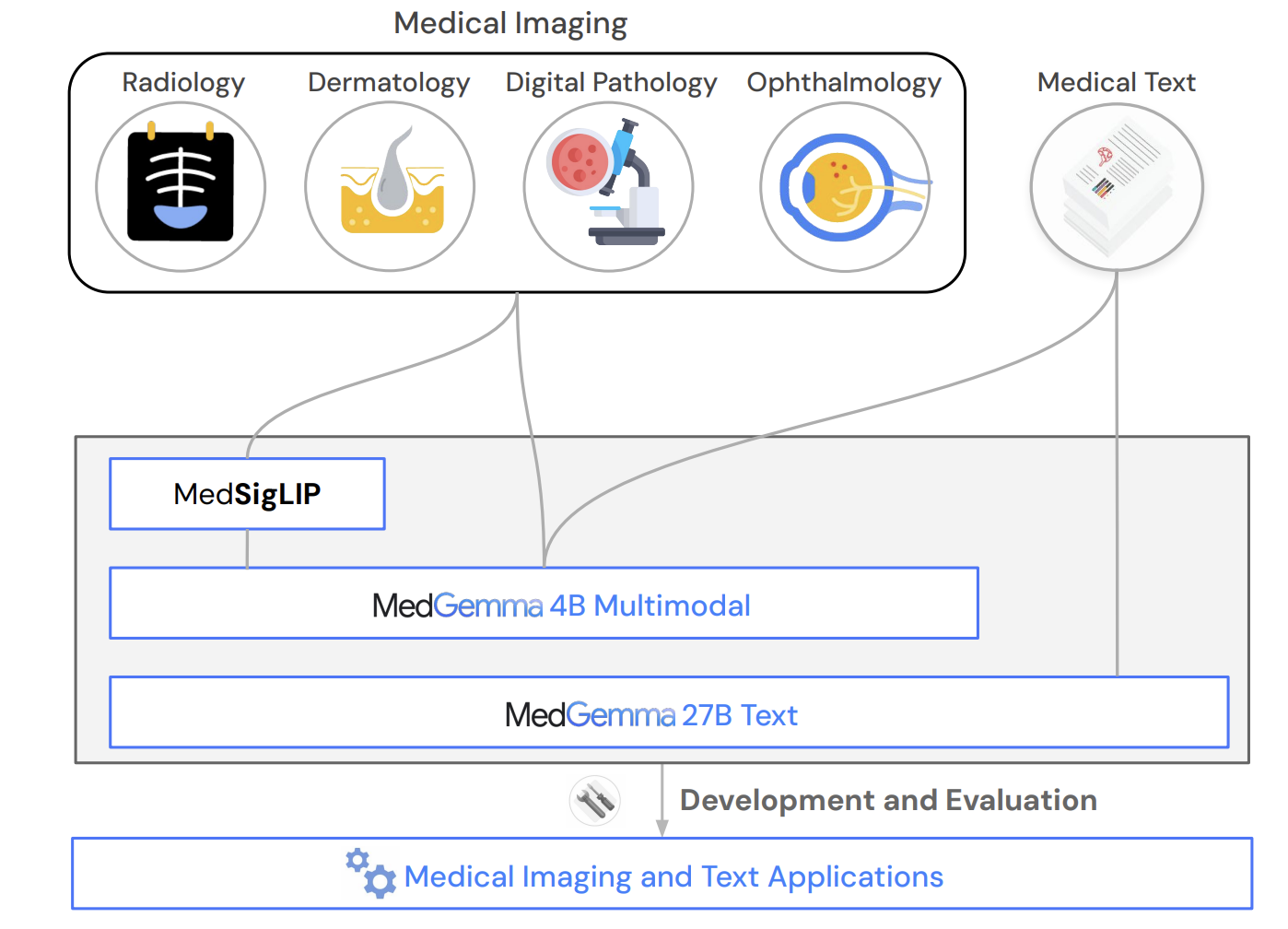
3 StreamVLN: Streaming Vision-and-Language Navigation via SlowFast Context Modeling
In this paper, we propose a streaming VLN framework named StreamVLN, which adopts a hybrid slow-fast context modeling strategy to support multimodal reasoning on interleaved visual, language, and action inputs. The fast streaming conversation context facilitates responsive action generation through a sliding window of active conversations, while the slowly updated memory context compresses the historical visual state with a 3D-aware token pruning strategy.
Paper link:https://go.hyper.ai/GSqkV
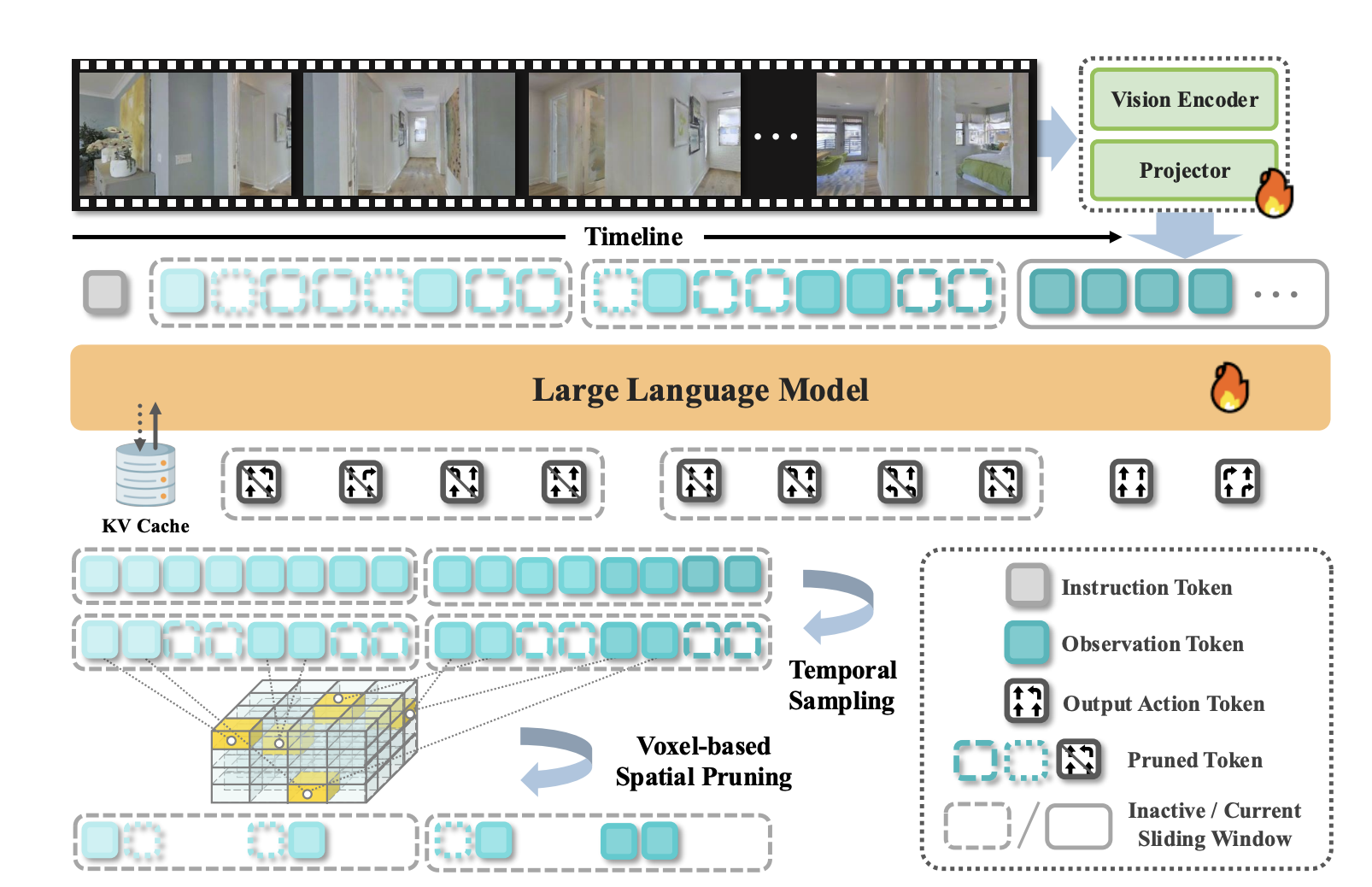
4 Critiques of World Models
In this paper, we propose a new general world model architecture based on hierarchical, multi-level, and hybrid continuous/discrete representations, and adopt a generative and self-supervised learning framework, and envision physical, agentic, and nested (PAN) general artificial intelligence systems supported by this model.
Paper link:https://go.hyper.ai/hd6Iy
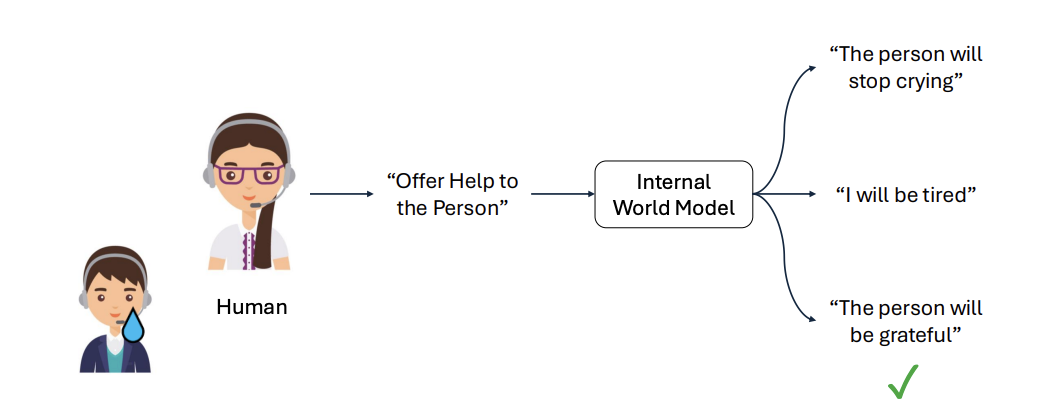
5 DreamVLA: A Vision-Language-Action ModelDreamed with Comprehensive World Knowledge
In this paper, we propose a novel VLA framework called DreamVLA, which establishes a perception-prediction-action loop for manipulation tasks by integrating comprehensive world knowledge predictions to achieve inverse dynamics modeling. Specifically, DreamVLA introduces a dynamic region-guided world knowledge prediction method that combines spatial and semantic cues to provide a compact and comprehensive representation for action planning. This design is consistent with the way humans interact with the world, which is to first form an abstract multimodal reasoning chain and then take action.
Paper link:https://go.hyper.ai/JEX2D

The above is all the content of this week’s paper recommendation. For more cutting-edge AI research papers, please visit the “Latest Papers” section of hyper.ai’s official website.
We also welcome research teams to submit high-quality results and papers to us. Those interested can add the NeuroStar WeChat (WeChat ID: Hyperai01).
See you next week!

